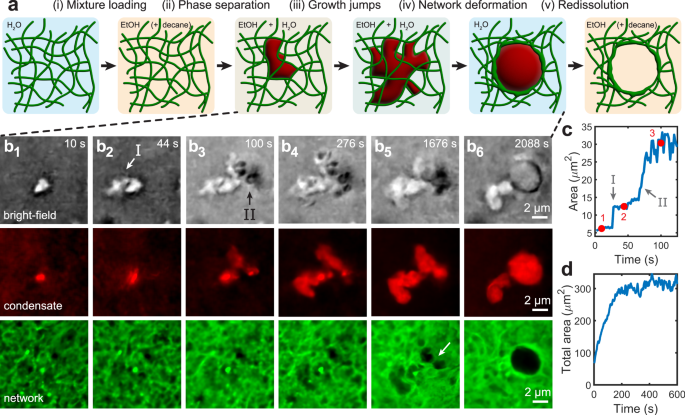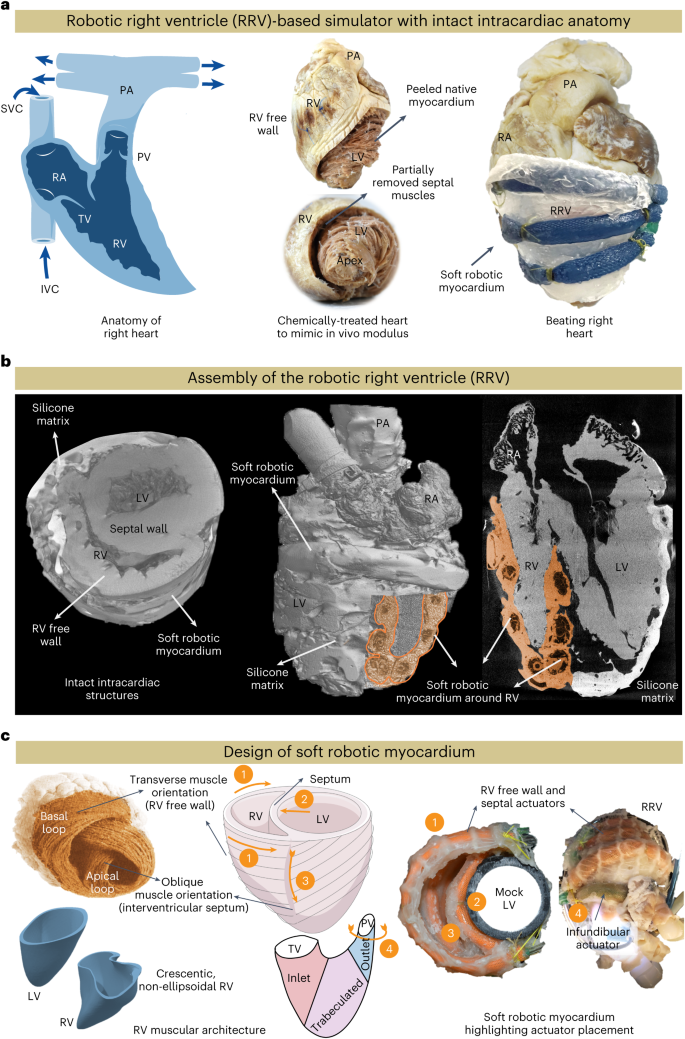2023-12-12 プリンストン大学
◆この発見は、細胞のコンデンセートの発展に新たな洞察を提供し、これまで理解が不足していたコンデンセートが複雑な細胞環境内でどのように発生し成長するかについての基本的な側面を明らかにしました。
◆この研究は、生物医学のさまざまな分野で理解を進め、また「ソフトマター」物質に新しい特性を持たせるための素材科学の探求への手掛かりを提供します。
<関連情報>
- https://engineering.princeton.edu/news/2023/12/12/researchers-built-physical-model-probe-creative-destruction-inside-cells
- https://www.nature.com/articles/s41467-023-41528-8
フィブリルネットワーク内での液液相分離 Liquid–liquid phase separation within fibrillar networks
Jason X. Liu,Mikko P. Haataja,Andrej Košmrlj,Sujit S. Datta,Craig B. Arnold & Rodney D. Priestley
Nature Communications Published:29 September 2023
DOI:https://doi.org/10.1038/s41467-023-41528-8

Abstract
Complex fibrillar networks mediate liquid–liquid phase separation of biomolecular condensates within the cell. Mechanical interactions between these condensates and the surrounding networks are increasingly implicated in the physiology of the condensates and yet, the physical principles underlying phase separation within intracellular media remain poorly understood. Here, we elucidate the dynamics and mechanics of liquid–liquid phase separation within fibrillar networks by condensing oil droplets within biopolymer gels. We find that condensates constrained within the network pore space grow in abrupt temporal bursts. The subsequent restructuring of condensates and concomitant network deformation is contingent on the fracture of network fibrils, which is determined by a competition between condensate capillarity and network strength. As a synthetic analog to intracellular phase separation, these results further our understanding of the mechanical interactions between biomolecular condensates and fibrillar networks in the cell.


